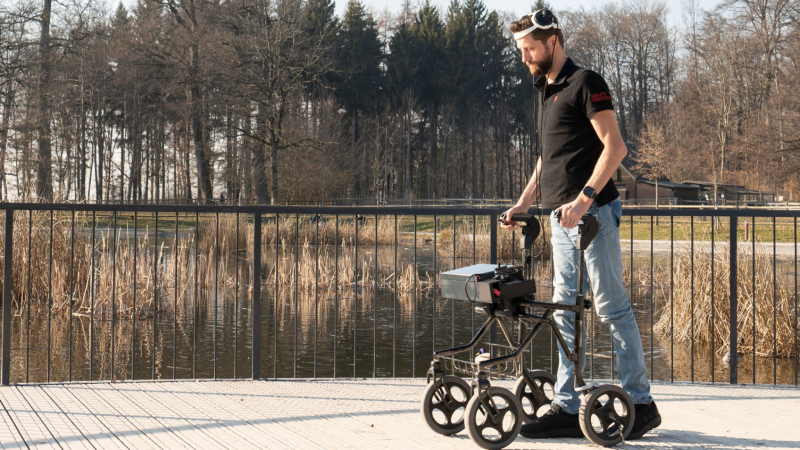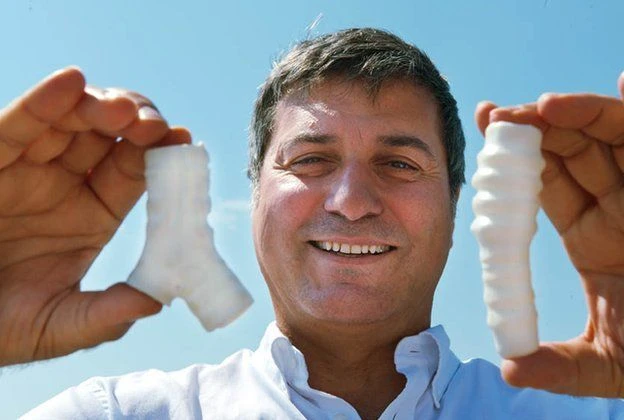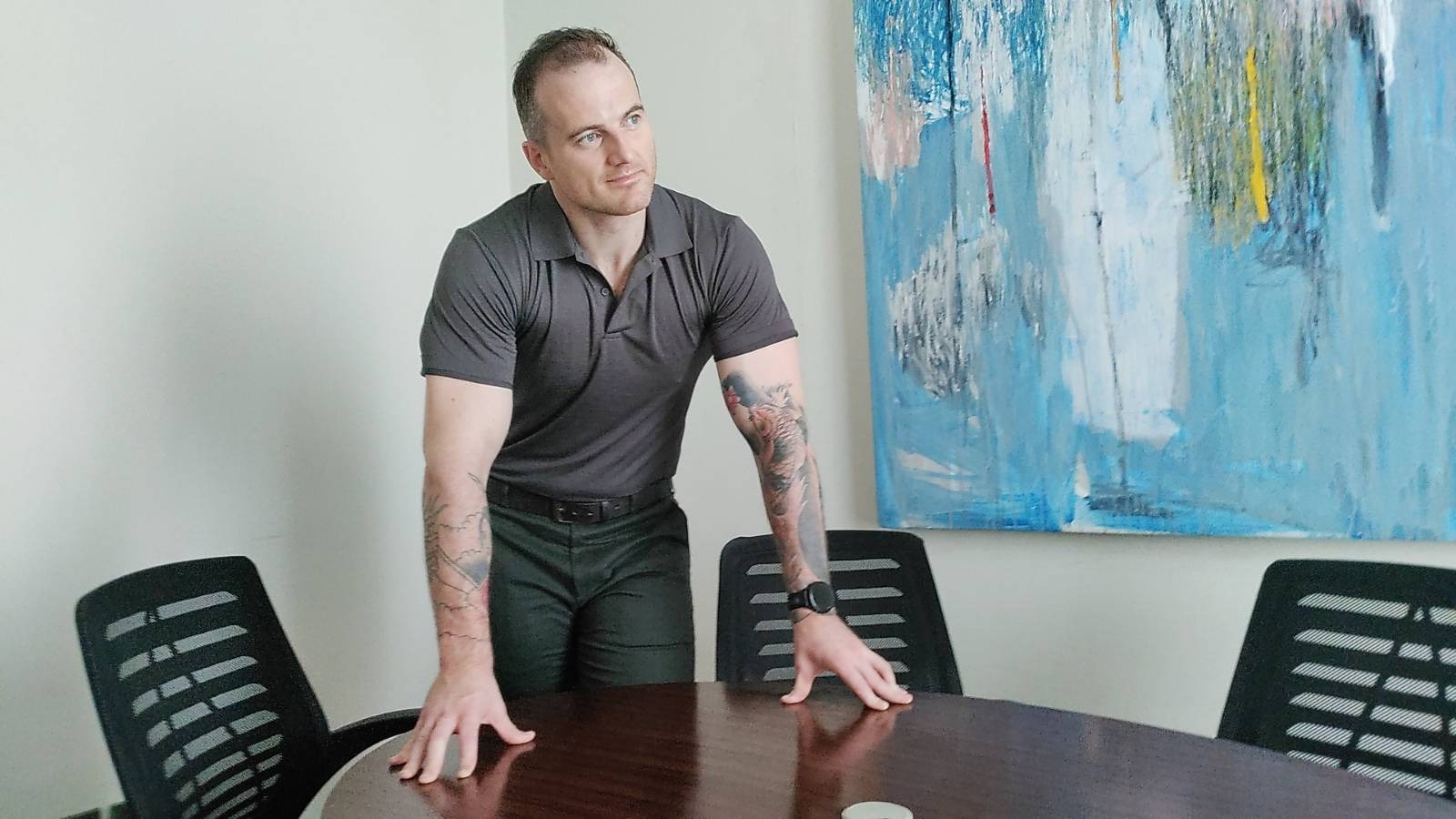
In a groundbreaking development that holds promise for stroke patients and individuals with paralysis, a man who suffered a paralyzing cycling accident in 2011 has regained the ability to walk with the help of a device that reconnects his brain with his muscles.
Gert-Jan Oskam, 40, defied his prognosis of never walking again after breaking his neck in a traffic accident in China. Following a recent operation, he has not only stood up and climbed stairs but also walked more than 100 meters at a time.
The pioneering “digital bridge” is the result of extensive research conducted by a team of neuroscientists in Switzerland. Their ongoing efforts to develop brain-machine interfaces for overcoming paralysis aim to use wireless signals to restore communication between the brain and muscles that become dormant when spinal cord nerves are damaged.
Connections
In a previous trial, Oskam tested a system that mimicked the rhythmic steps of walking by transmitting signals from a computer to his spinal cord. While this earlier device allowed him to take multiple steps, the movement was somewhat robotic and required the use of a button or sensor to initiate.
For the latest breakthrough, Professor Jocelyne Bloch, a neurosurgeon at Lausanne University Hospital, implanted electrodes on Oskam’s brain that detect neural activity when he attempts to move his legs. The recorded readings are then processed by an algorithm that converts them into pulses, which are sent to additional electrodes in his spine. These pulses stimulate nerves in the spine, activating the necessary muscles to produce intended leg movements.
Medical breakthrough
Professor Grégoire Courtine from the Swiss Federal Institute of Technology in Lausanne explained, “What we’ve achieved is the re-establishment of communication between the brain and the region of the spinal cord that controls leg movement using a digital bridge.” He added that the system can “interpret Gert-Jan’s thoughts and translate them into stimulation of the spinal cord to restore voluntary leg movements.”
Although the device does not enable swift and seamless strides, Oskam reports that the implant, as detailed in the journal Nature, allows for more natural movements than before. Standing up and walking are now initiated and controlled through thought processes. The signals generated by the device stimulate the muscles required for flexing the hip, knee, and ankle.
Rehabilitation
Remarkably, the device also appears to enhance rehabilitation. After undergoing over 40 training sessions with the implant, Oskam, who did not sever all the nerves in his spine, regained some control over his legs, even when the device was switched off. Professor Courtine believes that reconnecting the brain and spine aids in the regeneration of spinal nerves, thereby recovering some of the patient’s lost motor control.
Although the research is still in its early stages, the team is hopeful that future iterations of miniaturized devices will assist stroke patients and those with paralysis in regaining mobility and controlling other functions such as arm and hand movements, as well as bladder function, which is often affected by spinal cord injuries. Restoring more complex movements may prove challenging, given their intricacy compared to walking.
With Gert-Jan Oskam demonstrating progress more than a decade after his accident, the researchers are optimistic that patients with more recent injuries may achieve even better outcomes. Professor Courtine emphasized, “With Gert-Jan, it’s been over 10 years since his spinal cord injury. Now, imagine when we apply the digital bridge just a few weeks after a spinal cord injury. The potential for recovery is tremendous.”
The groundbreaking success achieved in reconnecting the brain and muscles offers new hope to individuals living with paralysis, and the possibilities for further advancements in this field are undoubtedly exciting.







